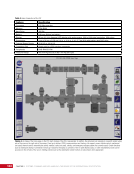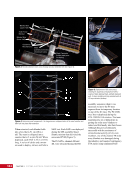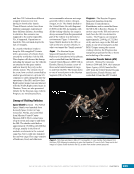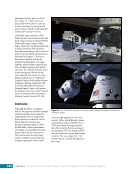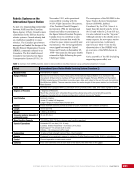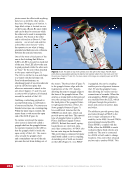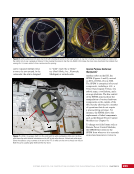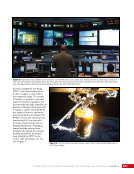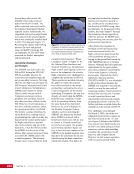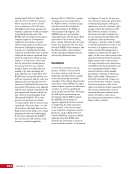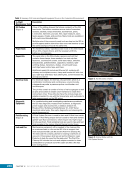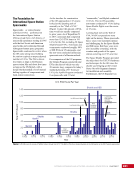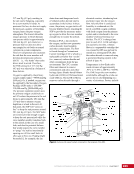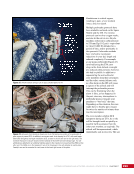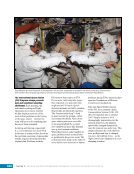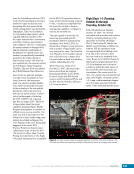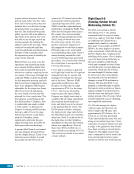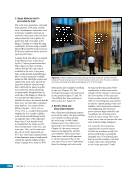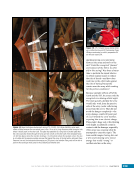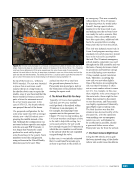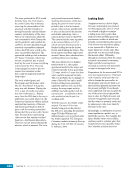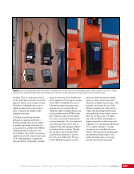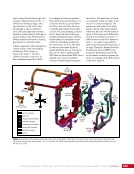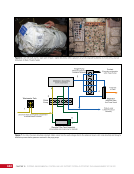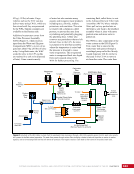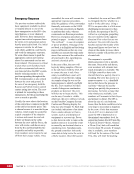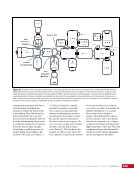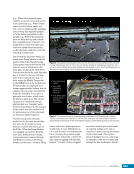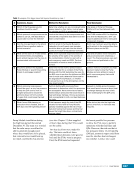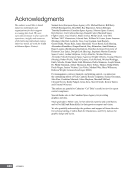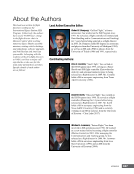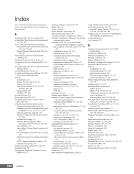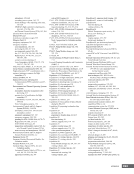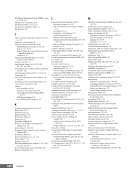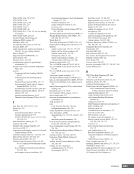xi from training, to planning a mission, to executing a spacewalk or, as happens, responding to a failure— are discussed in these chapters. Several chapters also describe the technical aspects of the systems to help the reader understand the challenges faced by the flight director and his or her team. The FCT has always consisted of highly dedicated and proud people, from NASA’s first flight director, Christopher Kraft Jr. and his team, Apollo 13 Flight Director Gene Kranz, and Shuttle Flight Director Milt Heflin, to the people who sit in Mission Control today. Books by Kraft (2001), Kranz (2000), and Houston and Heflin (2015) provide additional details on the early days of flight control from the beginning of NASA through the Space Shuttle era. Those men created the Houston FCT, making it up as they went but continually learning to make things better as ever-more-challenging and complicated missions were performed. Two important items that every flight controller holds dear— the mission patch and the foundations of flight control—were developed in the early days and, as with flight control itself, have adapted over the years. These two symbols reflect the pride and philosophy that has shaped the teams over the past 50-plus years. Figure 2. As with the FCT, which has proven to be flexible and adaptable over time, the operations patch has also evolved over the years. Artist Robert T. McCall designed the initial patch in 1973. The Saturn V rocket was moved to the background and a shuttle launch was added to the center of the patch when that program began. In 2004, Mike Okuda updated the emblem to include the ISS Program, and the number of stars was increased to 17 to represent the US astronauts whose lives were lost. Program symbols were made more generic to reflect the ever-growing family of crewed missions. When the Astronaut Office merged with the Flight Operations Directorate in 2014, elements of the astronaut logo (i.e., the three contrails with a circle) were incorporated. Top row, left to right: 1973, 1983, 1988. Second row, left to right: 2004, 2012, 2014. As with the individual teams, mission operations has its own patch, which is rich in symbolism and history. As operations changed, so did the patch. In 2014, the Flight Crew Operations Directorate and Missions Operations Directorate were merged into the Flight Operations Directorate. Figures 1 and 2 show the current patch, its meaning, and its evolution.
Purchased by unknown, nofirst nolast From: Scampersandbox (scampersandbox.tizrapublisher.com)








































































































































